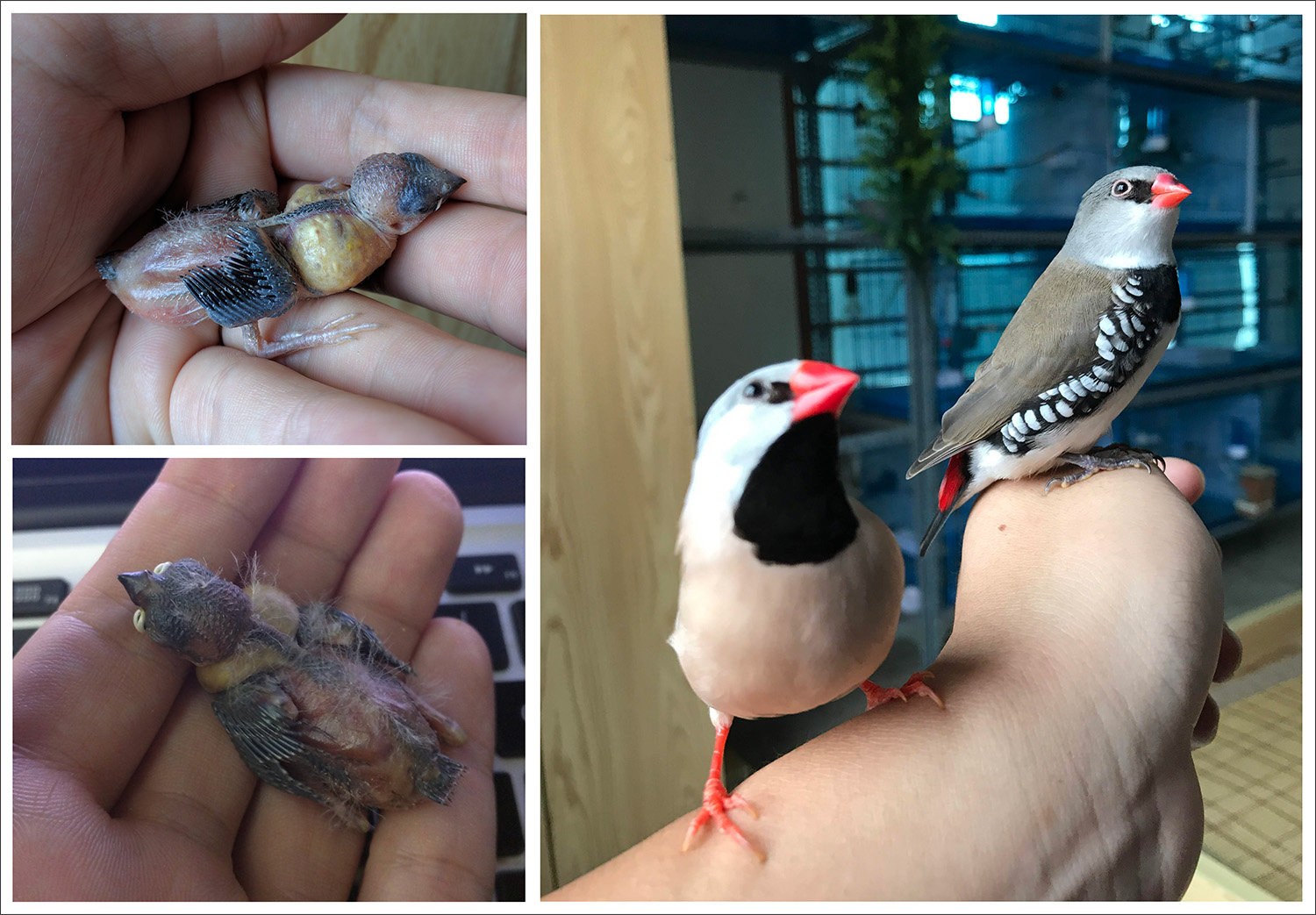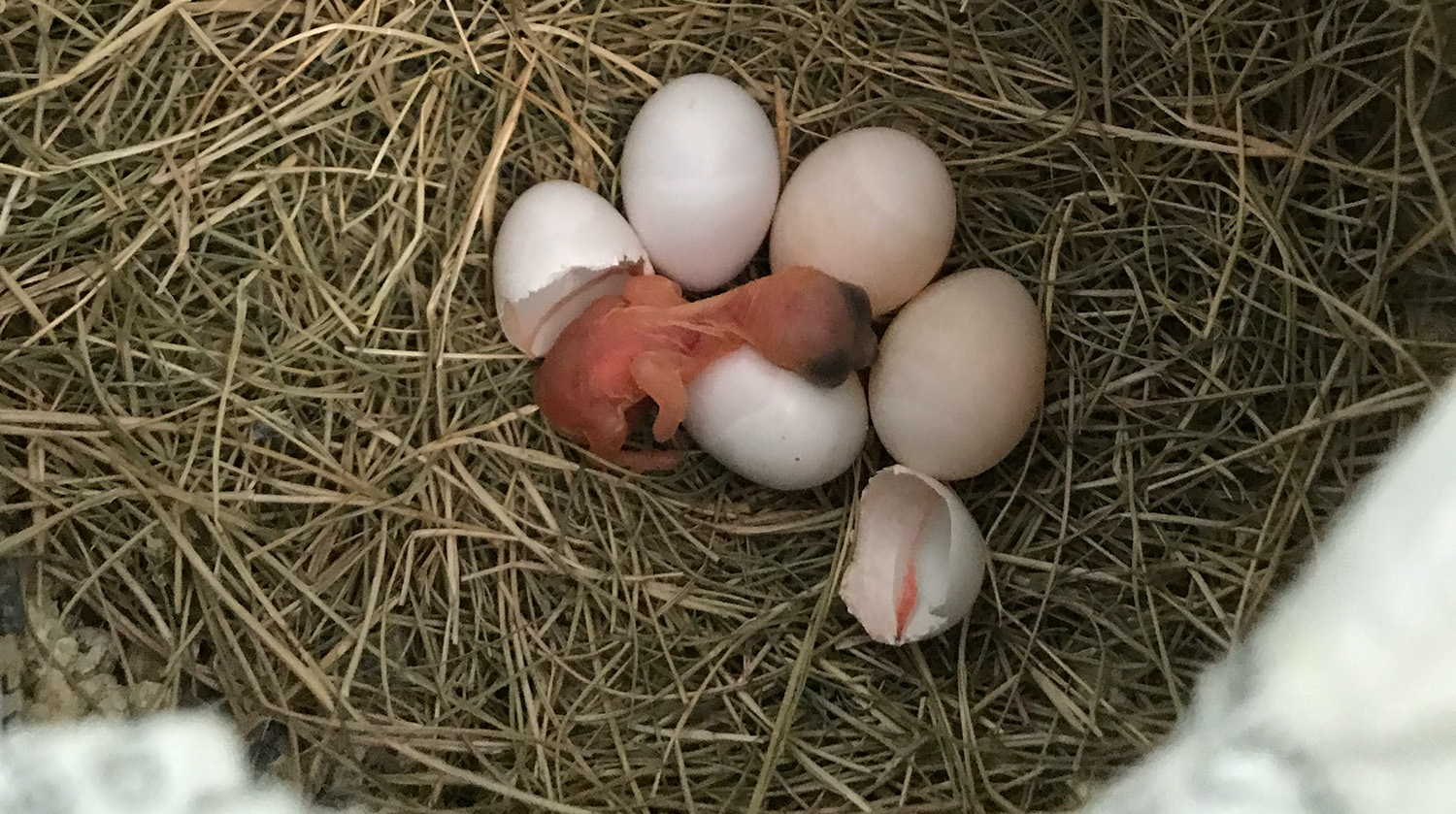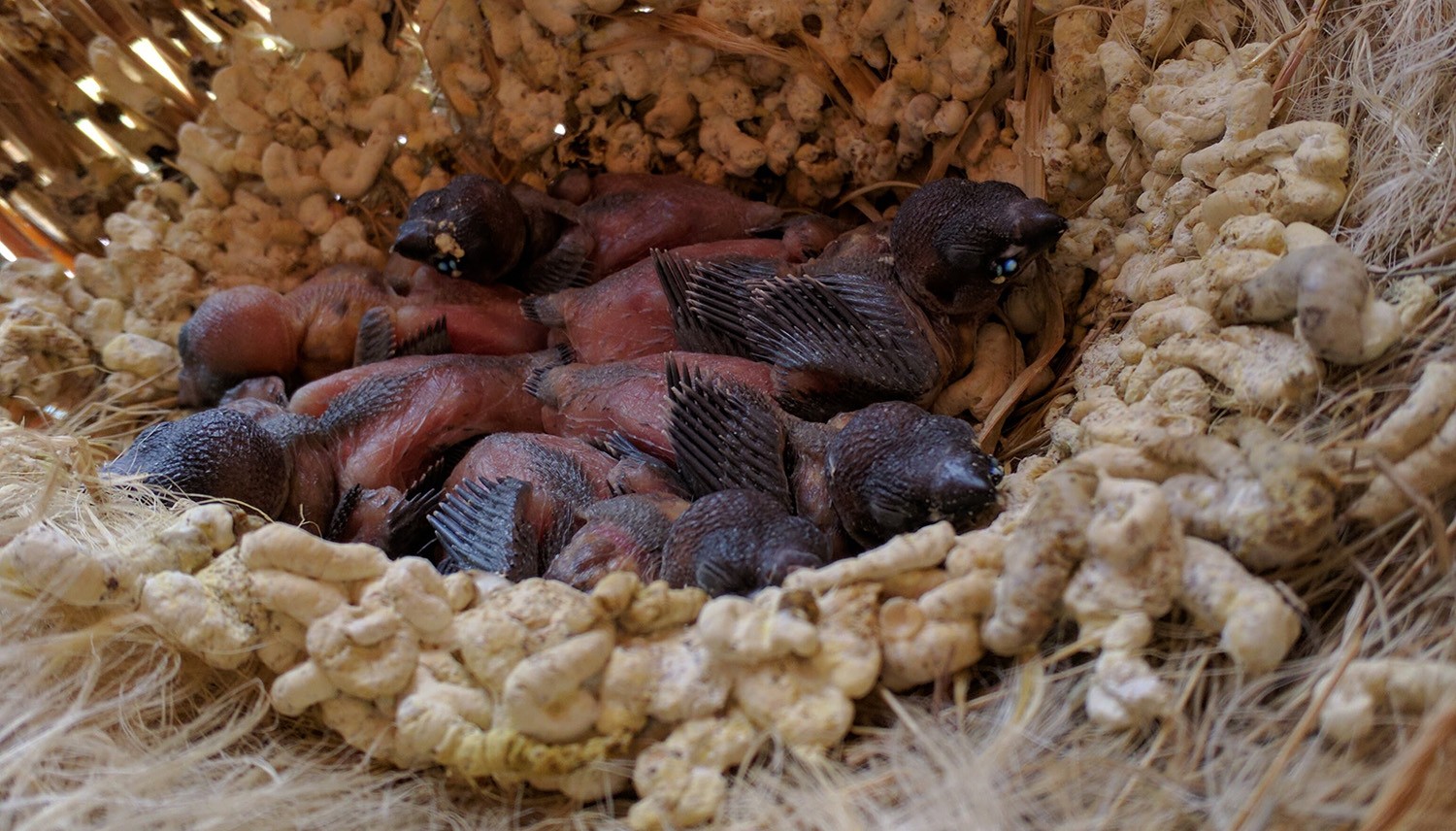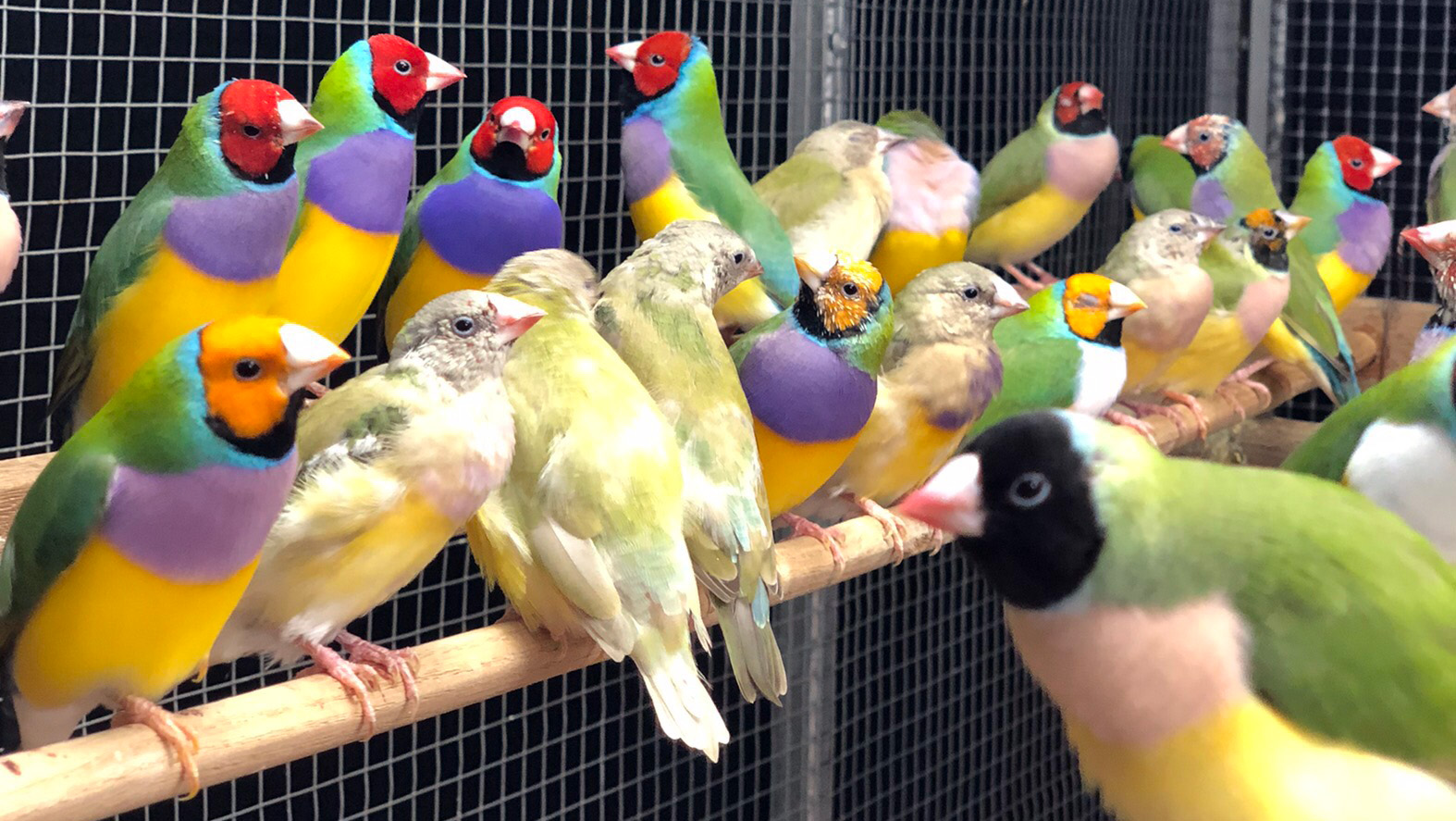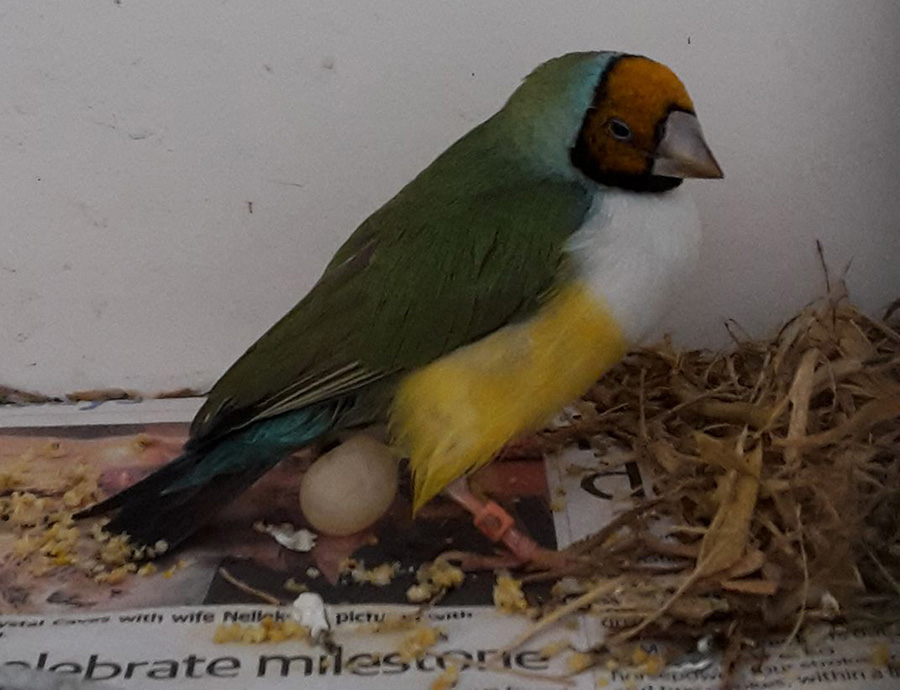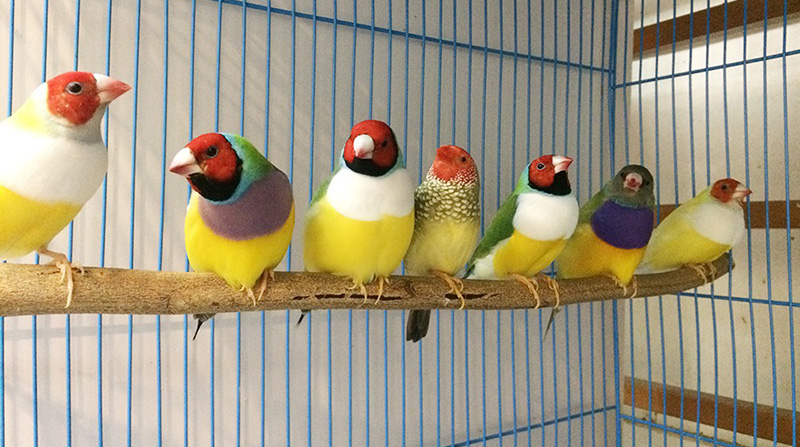
Breeding Finches: A Comprehensive Guide for Bird Enthusiasts
By longnkp / Jul 21 2024 / Breeding
Welcome to our feathered friends' paradise! If you're here, you probably share a love for finches and the incredible joy they bring into our lives. Breeding finches can be an incredibly rewarding experience, allowing you to witness the fascinating process of life and nurture these charming birds from the nestling stage. Let's dive into the delightful world of finch breeding together, step by step.
Why Breed Finches?
Firstly, why should you consider breeding finches? Well, finches are some of the most colorful and entertaining birds to watch. Their lively nature and beautiful songs can brighten up any home. Breeding finches allows you to contribute to their conservation and enjoy the unique experience of raising baby birds. Moreover, it's a fantastic opportunity to learn more about avian biology and behavior.
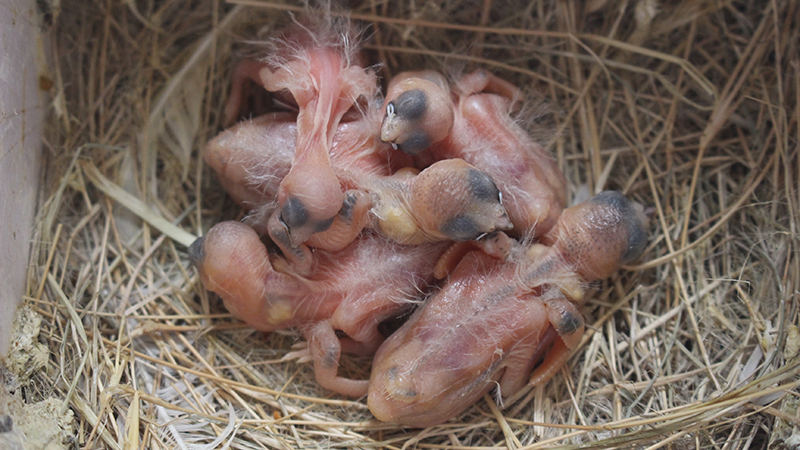
Newly hatched society finch chicks
Choosing the Right Pair
To start, you need to choose a healthy and compatible pair of finches. Not all finches are good breeders, so selecting the right pair is crucial.
- Species Selection
- Health Check
- Compatibility
There are numerous finch species to choose from, but some are more suited for beginners. Zebra finches and Gouldian finches are popular choices due to their hardiness and relatively straightforward breeding requirements. Zebra finches are particularly known for their prolific breeding habits.
Ensure both birds are in excellent health. Look for bright eyes, clean feathers, and active behavior. Avoid birds with signs of illness such as lethargy, puffed-up feathers, or discharge from the eyes or beak. A visit to an avian vet for a health check-up is a good idea.
Observe the birds' behavior to ensure they are compatible. Ideally, they should show mutual interest, such as preening each other and sitting close together. If they constantly squabble, it might be best to try a different pairing.
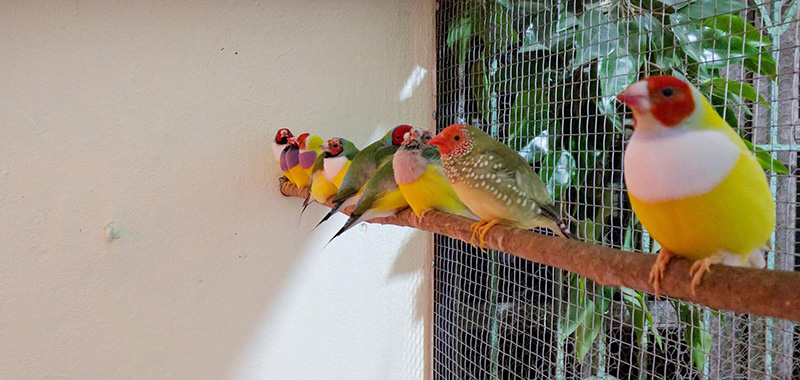
Finch Aviary
Setting Up the Breeding Environment
Creating a comfortable and safe breeding environment is essential for successful finch breeding.
- Cage Size
- Nesting Site
- Diet
- Lighting
- Cleanliness
A spacious cage is vital. Finches need room to fly and exercise. A cage that is at least 30 inches long, 18 inches wide, and 18 inches high is suitable for a breeding pair. For more information, check the article: How To Choose The Perfect Cage for Your Finches.
Provide a proper nesting site. Nesting boxes or wicker nests are commonly used. Line the nest with soft materials like coconut fiber, dry grass, or shredded tissue. Avoid using string or fabric as these can entangle and harm the birds.
A balanced diet is crucial for breeding birds. Offer a high-quality finch seed mix supplemented with fresh fruits, vegetables, and egg food. Egg food provides essential protein and calcium, supporting egg production and the growth of chicks. Additionally, supply cuttlebone or mineral blocks for extra calcium.
Proper lighting influences breeding behavior. Provide 12-14 hours of light daily using natural sunlight or full-spectrum lights designed for birds. This simulates the longer days of the breeding season and encourages reproductive activity.
Maintain a clean environment to prevent disease. Clean the cage regularly, change the water daily, and remove uneaten food promptly.
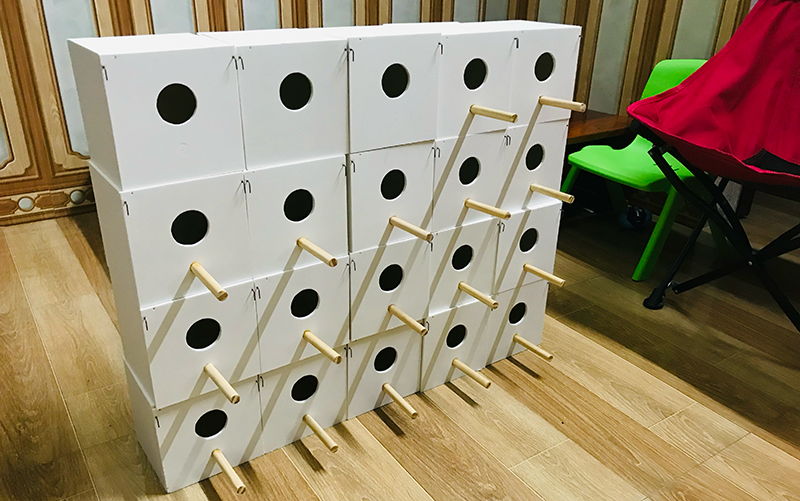
My handmade gouldian finch nestbox
Encouraging Breeding
Now that your finches are in a comfortable environment, it’s time to encourage breeding.
- Courtship Behavior
- Nest Building
- Mating
Watch for courtship behavior. The male may sing more frequently, display his feathers, and dance to attract the female. The female will respond by following him, accepting his food offerings, and spending time in the nest.
Provide nesting materials and watch as the pair begins to build their nest. This is a good sign that they are ready to breed. If they are not showing interest in the nest, try moving it to a different location within the cage or offering different nesting materials.
Finches usually mate early in the morning. You may notice the male mounting the female briefly. After successful mating, the female will lay eggs within a week.
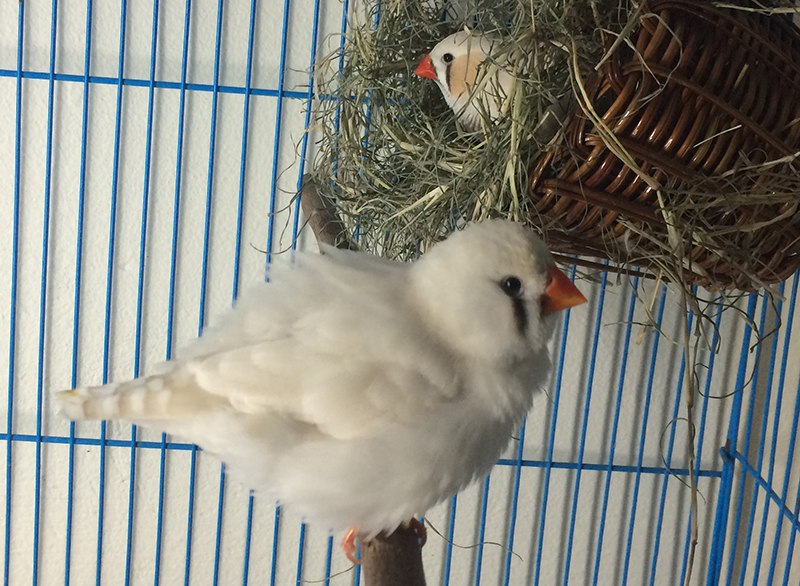
A pair of zebra finches is starting to build a nest
Egg Laying and Incubation
The female finch will lay one egg per day until her clutch is complete, typically consisting of 4-6 eggs. She will start incubating the eggs once the last egg is laid.
- Incubation Period
- Candling Eggs
The incubation period for finch eggs is about 12-14 days. During this time, both parents take turns incubating the eggs, although the female usually does most of the work. Ensure they have enough food and water during this period.
To check if the eggs are fertile, you can candle them about 5-7 days after they are laid. Use a small flashlight to shine through the egg. Fertile eggs will show blood vessels and a dark spot, which is the developing embryo.
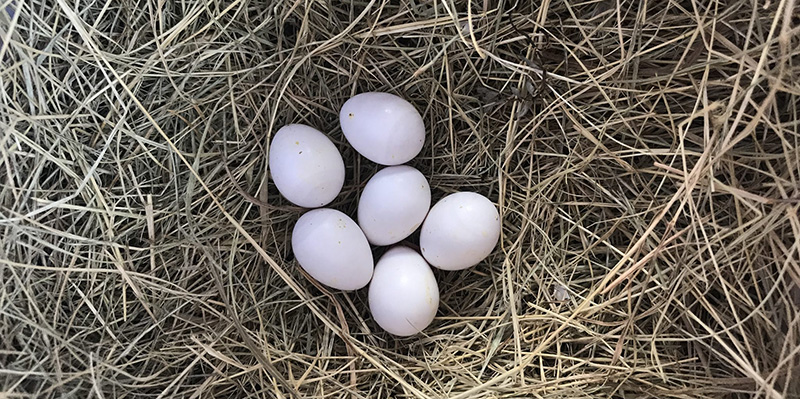
6 fertile Gouldian finch eggs after 10 days of incubation
Hatching and Chick Rearing
The exciting moment arrives when the eggs begin to hatch. The chicks will emerge weak and helpless, relying entirely on their parents for warmth and food.
- Feeding Chicks
- Monitoring Development
- Cleaning the Nest
Both parents will feed the chicks a diet of regurgitated food. It’s essential to provide a nutrient-rich diet to the parents so they can produce quality crop milk. Offer soft foods like sprout seeds, egg food, and finely chopped fruits and vegetables.
Keep an eye on the chicks’ development. They should grow quickly, doubling in size within a few days. Their eyes will open around 5-7 days, and feathers will start to develop by the second week.
While the parents will clean the nest by removing fecal sacs, you can assist by gently cleaning around the nest if it becomes too dirty. This helps prevent the spread of bacteria and disease.
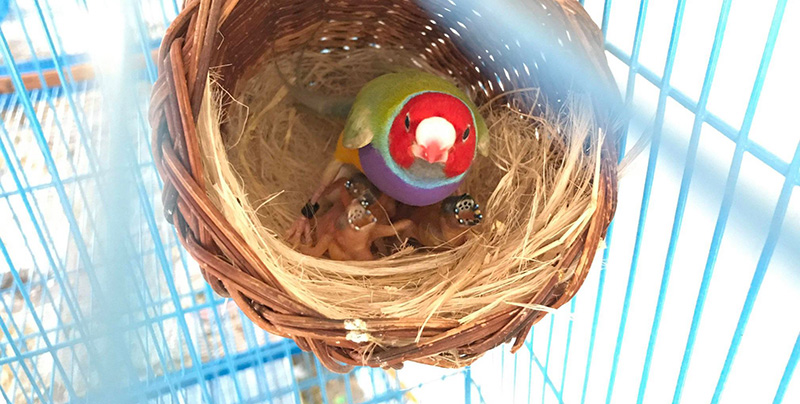
Male Gouldian finch and their newly hatched chicks
Fledging and Weaning
Around 3-4 weeks after hatching, the chicks will begin to fledge, leaving the nest and learning to fly.
- Encouraging Flight
- Weaning
Ensure the cage is safe for fledging. Remove any hazards and provide plenty of perches at different heights to encourage flight practice. The parents will continue to feed the fledglings as they learn to eat on their own.
Weaning is a gradual process where the chicks transition from being fed by their parents to eating independently. This typically takes about 4-6 weeks. Offer a variety of foods, including seeds, soft foods, and fresh produce to encourage them to eat on their own.
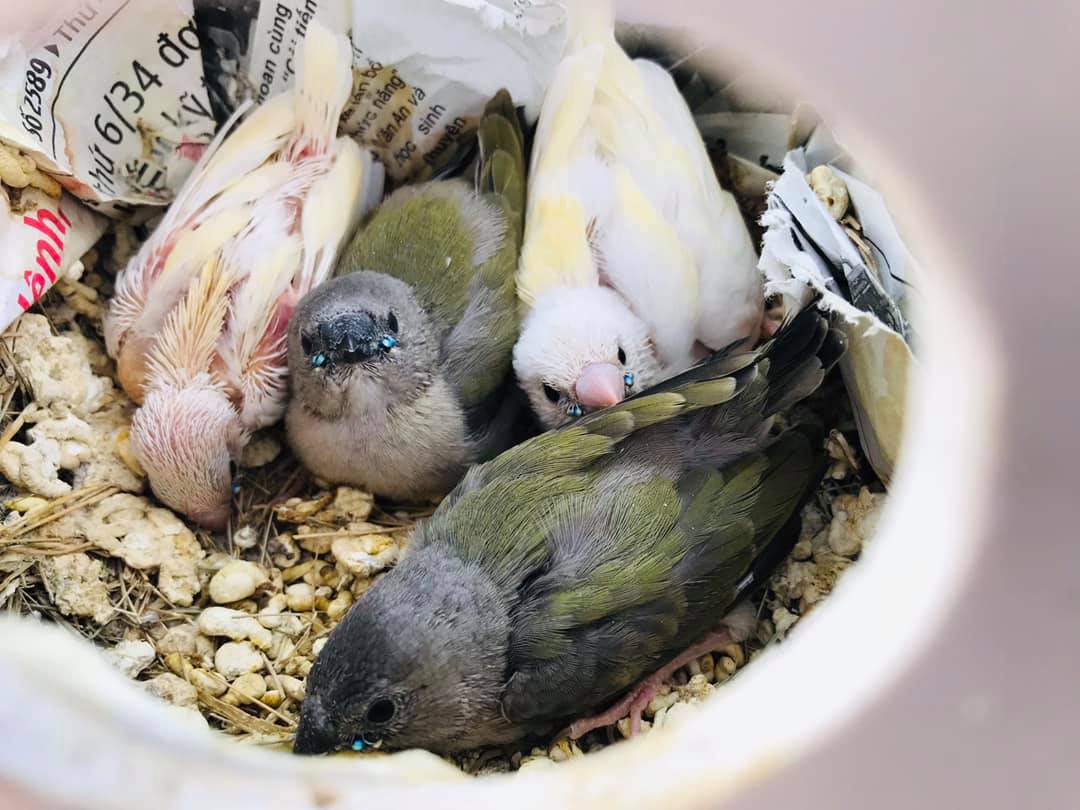
The 3-week-old Gouldian finch chicks in the nest
Post-Breeding Care
Once the chicks are fully weaned, it’s time to consider their future.
- Separate Housing
- Finding New Homes
If you plan to keep the chicks, provide separate housing to prevent overcrowding and reduce stress on the parents. A spacious aviary or flight cage is ideal for young finches to exercise and socialize.
If you can’t keep all the chicks, find suitable homes for them. Ensure new owners are knowledgeable about finch care and have the proper setup. Pet stores, bird clubs, and online forums are good places to connect with potential adopters.
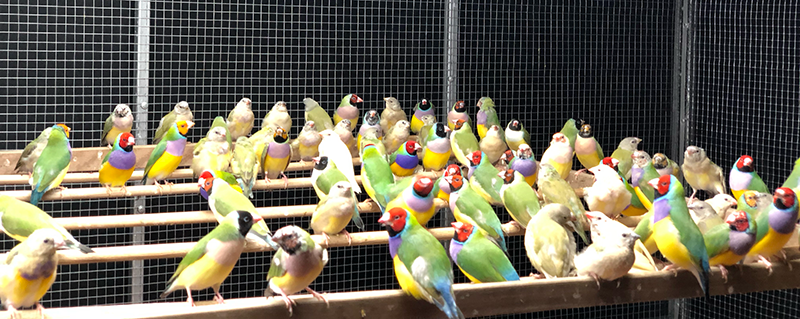
The young Gouldian finches are starting to molt and show their colors in the flight cage
Troubleshooting Common Problems
Breeding finches can come with its challenges. Here are some common issues and how to address them:
- Infertile Eggs
- Egg Binding
- Abandoned Chicks
If the eggs are infertile, check the pair’s health and compatibility. Ensure they have a balanced diet and a comfortable environment. Sometimes, switching nesting materials or locations can stimulate breeding.
Egg binding is a serious condition where the female cannot lay an egg. Symptoms include lethargy, puffed-up feathers, and straining. Provide a calcium supplement and consult an avian vet immediately if you suspect egg binding.
Occasionally, parents may abandon their chicks. If this happens, you can attempt hand-rearing the chicks. This requires feeding them a special formula every few hours and keeping them warm. Consult a guide on hand-rearing finches or seek advice from an experienced breeder.
The Joy of Breeding Finches
Breeding finches is a journey filled with wonder, challenges, and immense satisfaction. Watching the tiny chicks grow into vibrant, lively birds is an experience like no other. With patience, dedication, and the right knowledge, you can successfully breed finches and enjoy the process every step of the way.
Remember, each pair of finches is unique, and what works for one may not work for another. Stay observant, be adaptable, and most importantly, enjoy the incredible process of nurturing life. Happy breeding, fellow bird lovers!
By embracing the process and nurturing your finches with care, you’re not only expanding your flock but also contributing to the conservation of these delightful birds. So, spread your wings, dive into the world of finch breeding, and share the joy with your feathered friends.
Relative Posts
Recent Posts
- Unlocking the Secrets of Calcium for Healthy Captive Birds
- Hand Feeding Finches
- Why Parents Toss Chicks and How to Help
- Fostering Finches: Ensuring the Survival of Your Feathered Friends
- Sunshine and Finches: A Guide for Indoor Bird Keepers
- Air Sac Mites in Finches: Understanding, Preventing, and Treating
- Introducing New Foods to Your Finch
- Homemade Finch Food Recipes
- Choosing Breeding Gouldian Finch Pairs
- How to Choose a Nest Box for Your Finches

